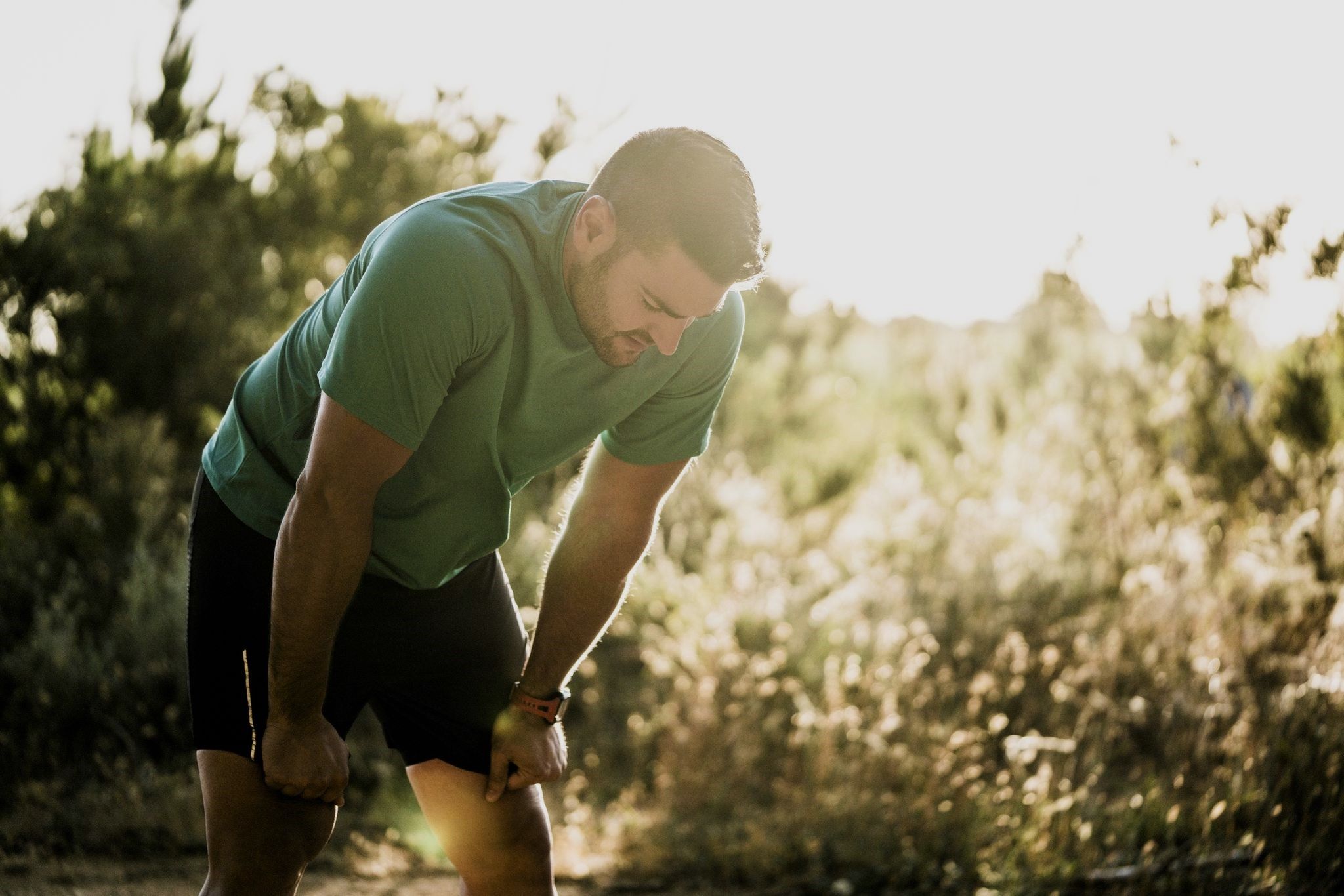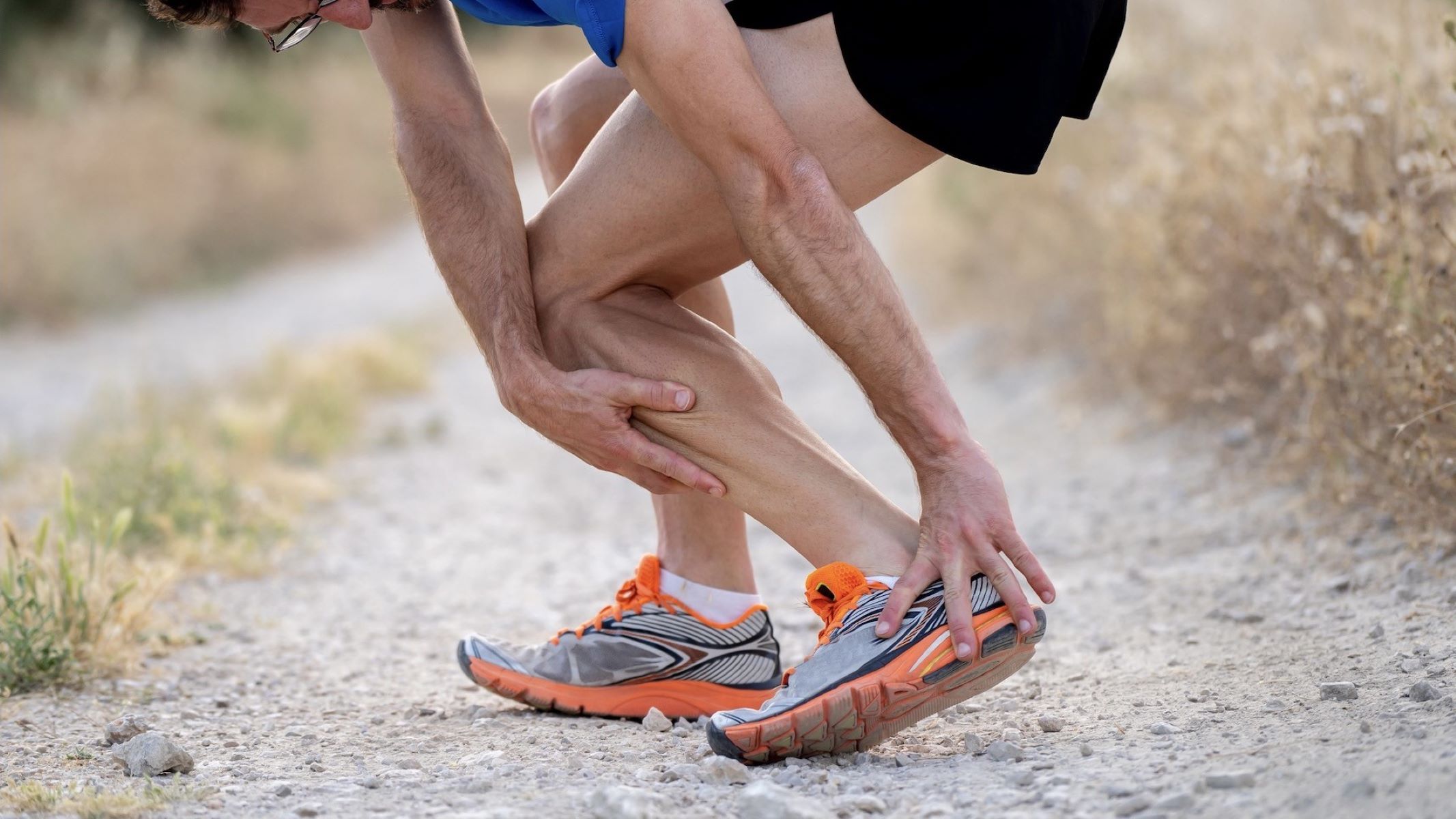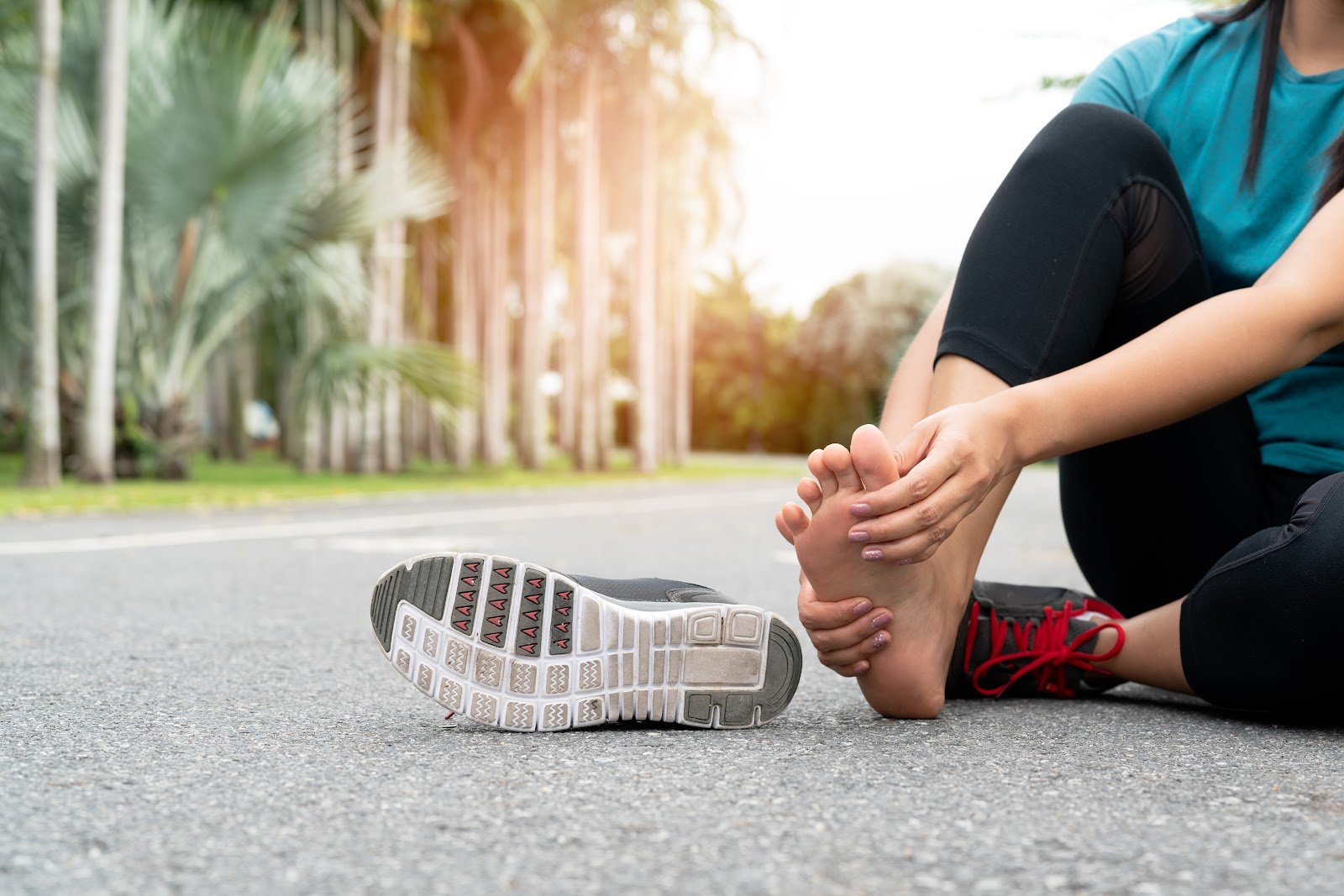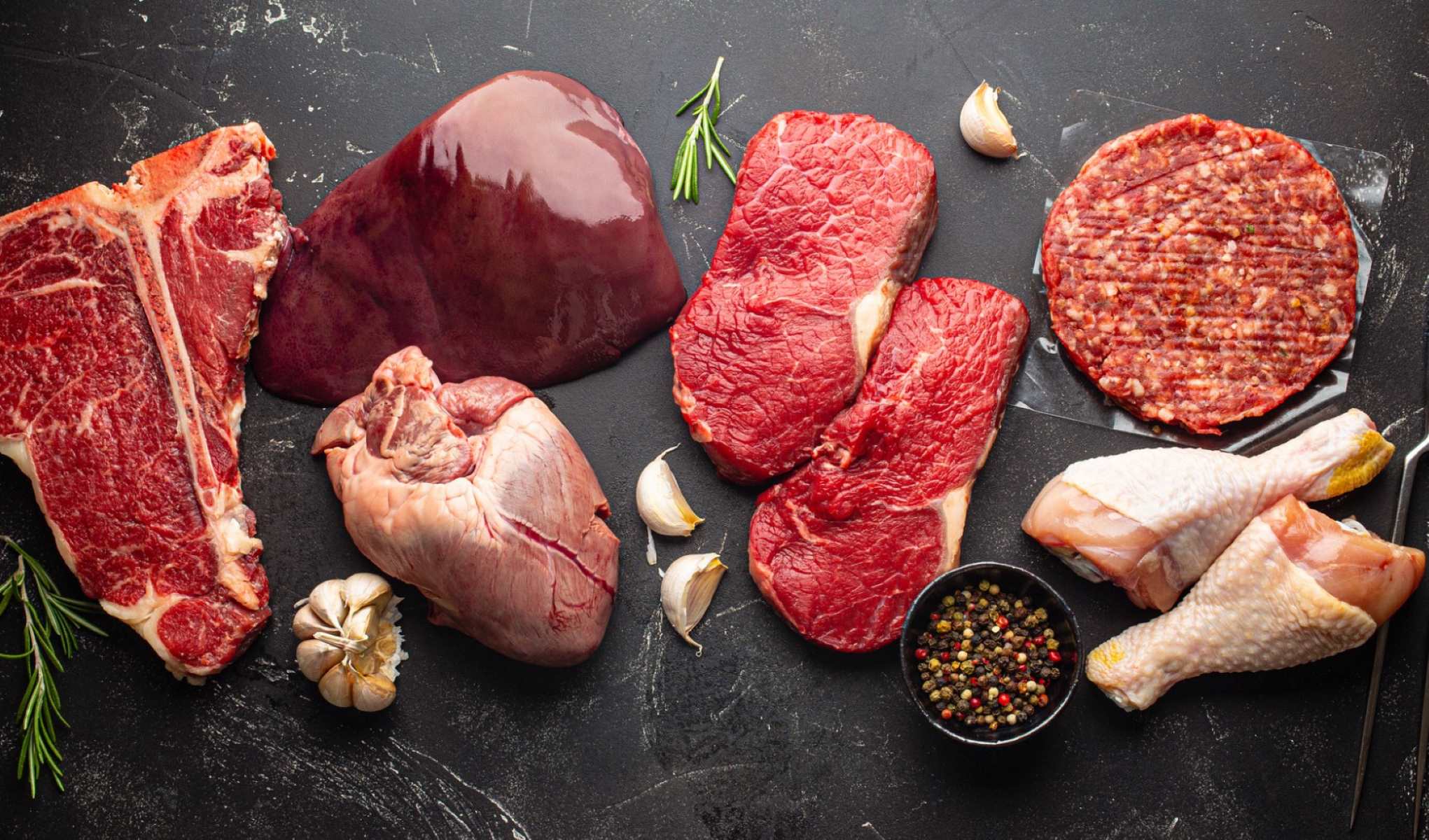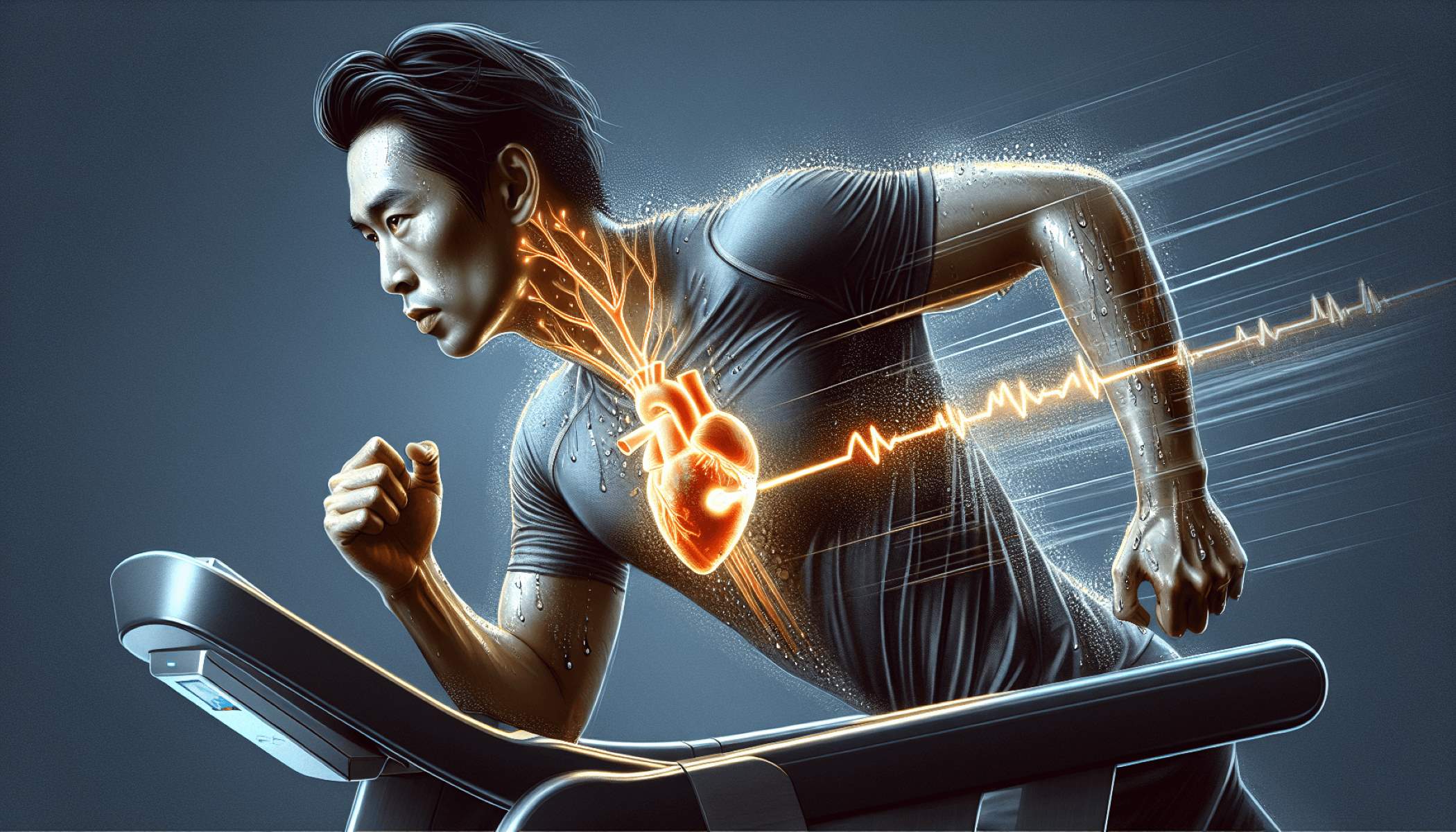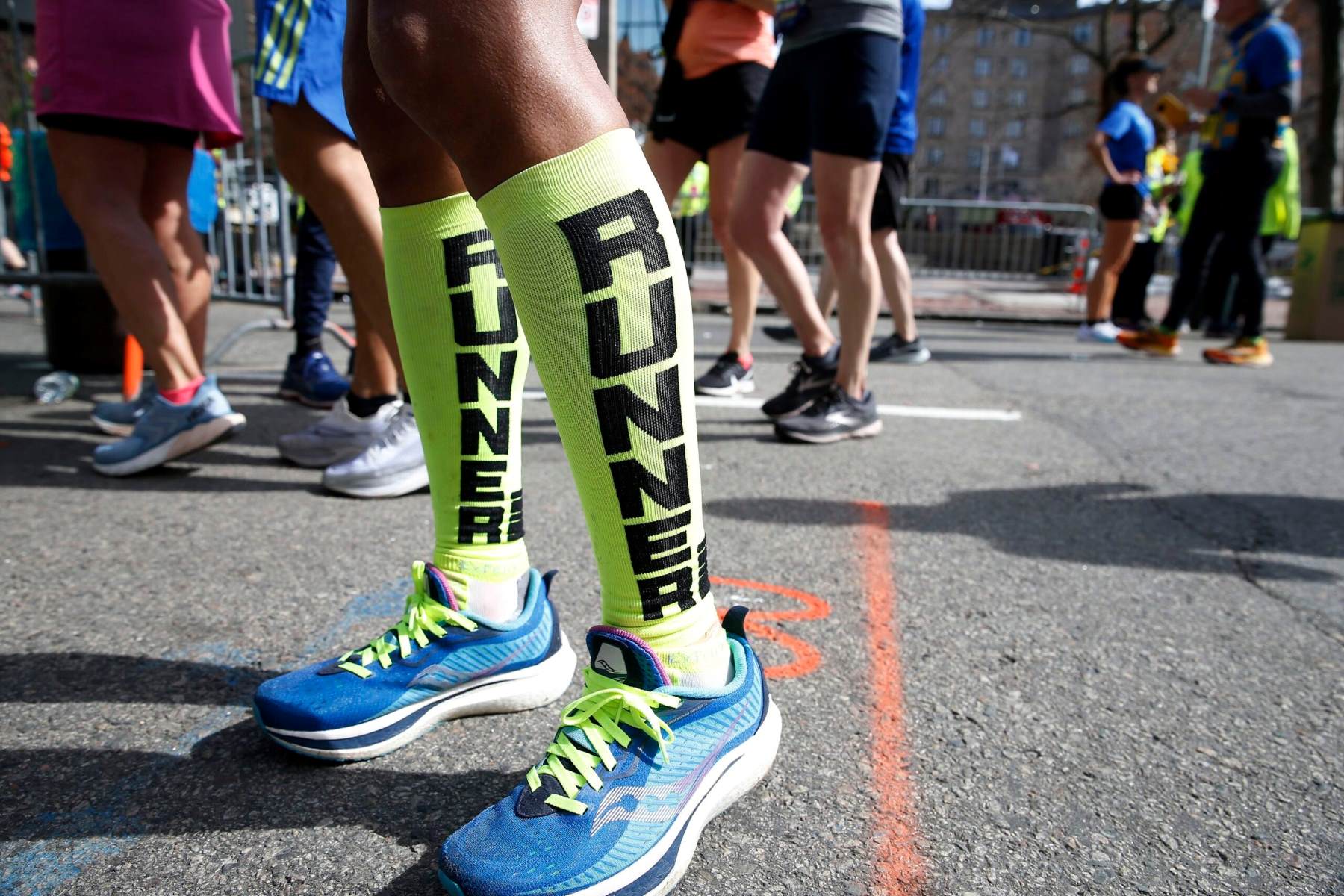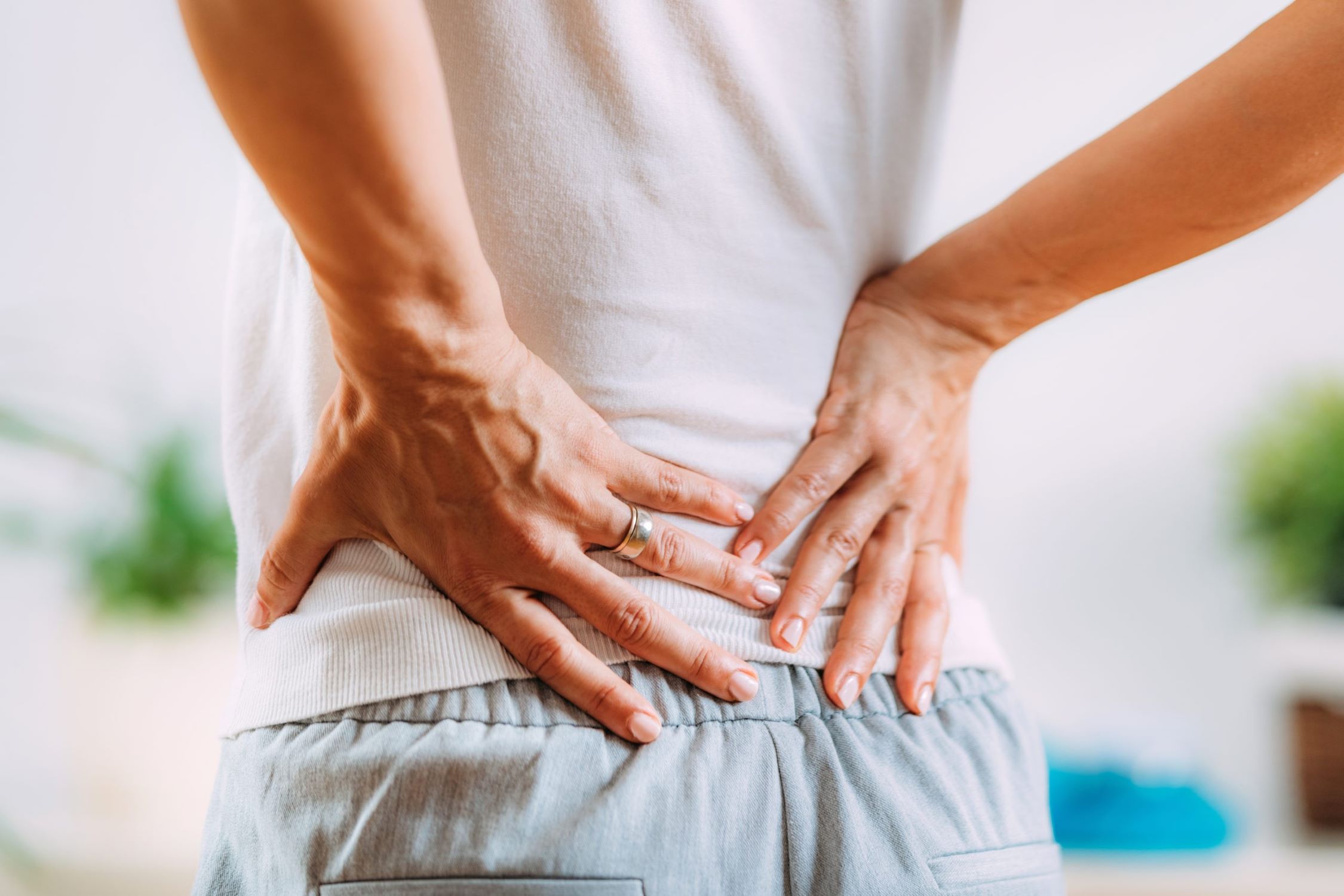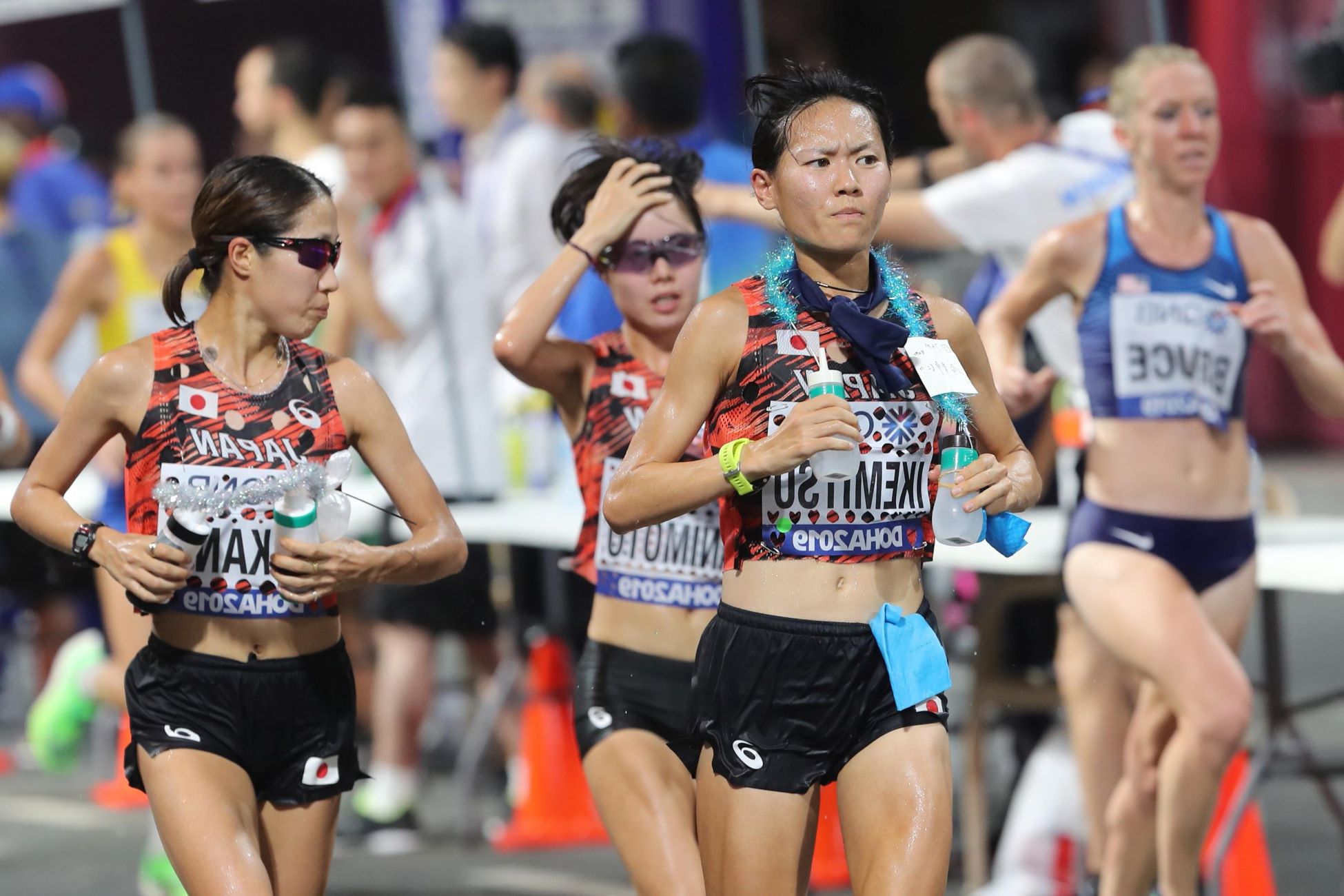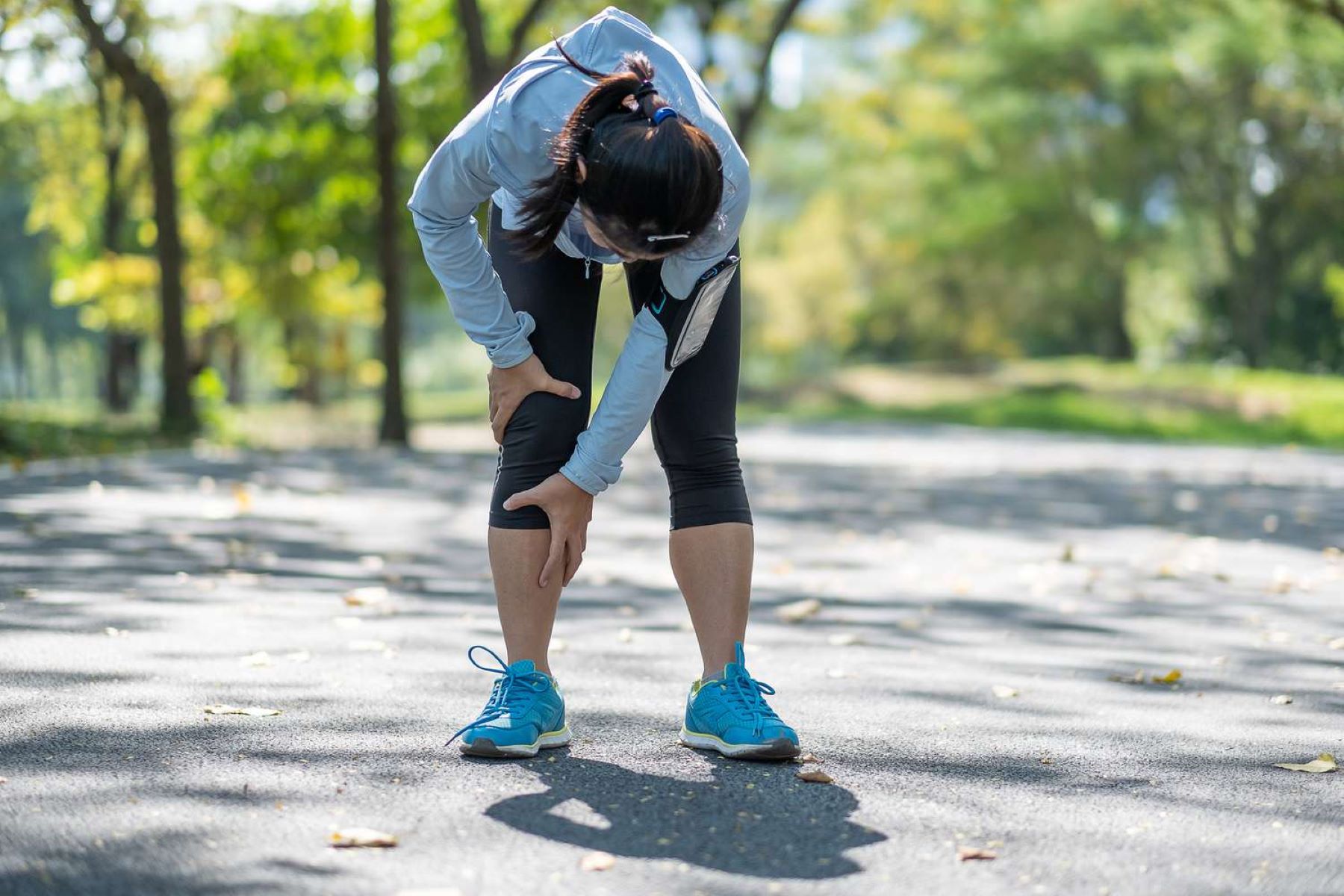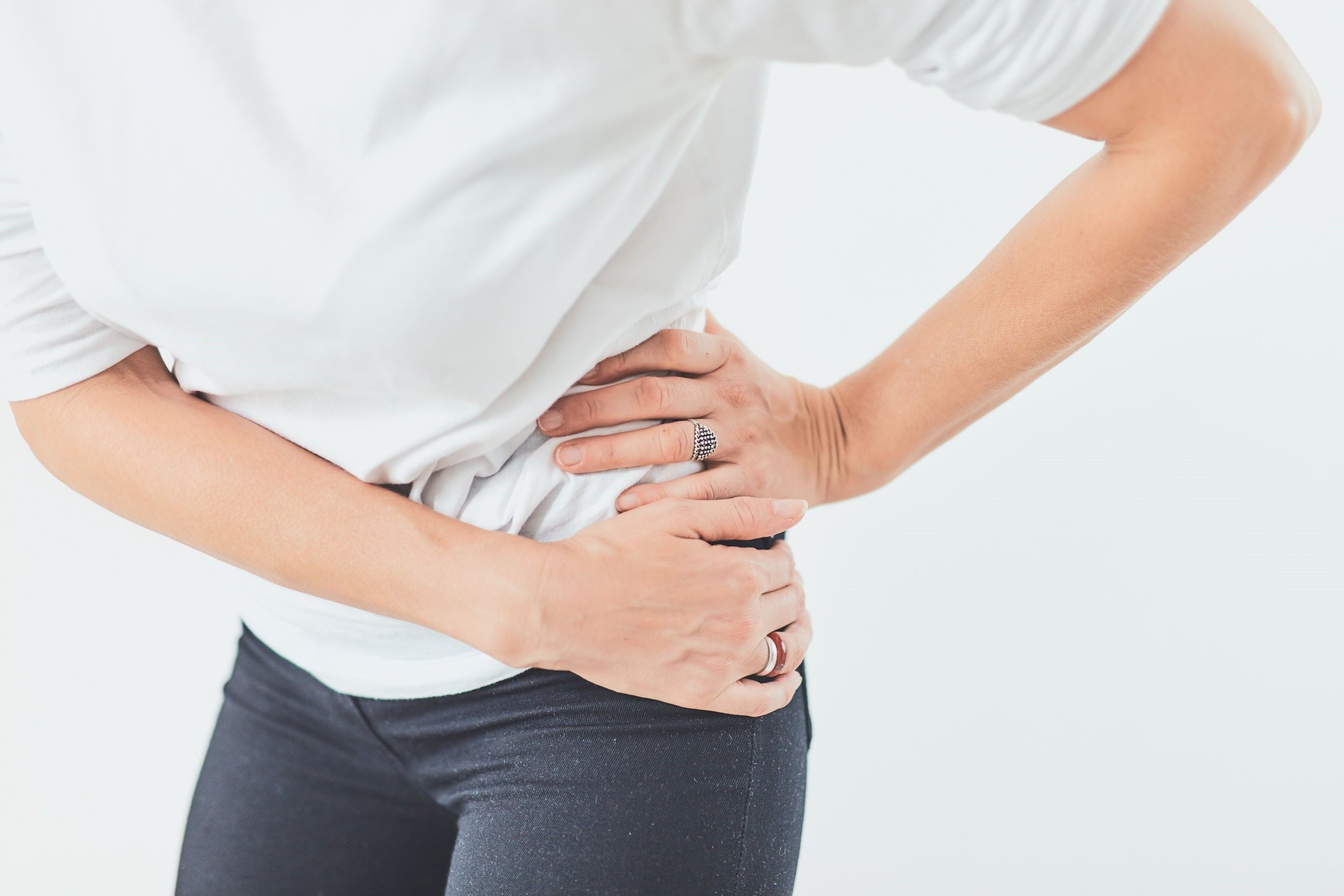Home>Health & Nutrition>Injury Prevention>All You Need To Know About Patellar Tendinopathy
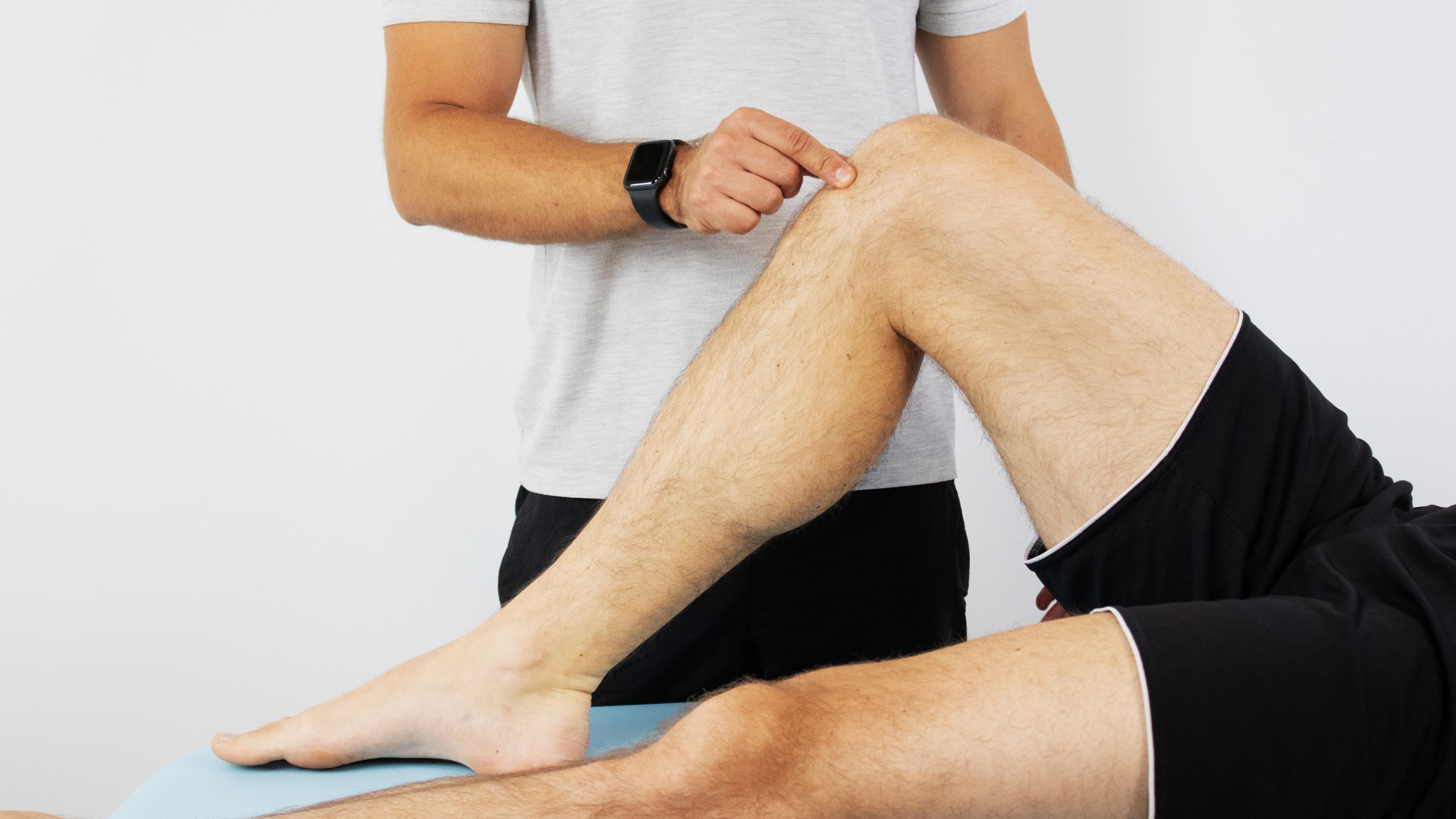

Injury Prevention
All You Need To Know About Patellar Tendinopathy
Published: February 25, 2024
Learn about Patellar tendinopathy and how to prevent this injury. Discover effective strategies for injury prevention and management.
(Many of the links in this article redirect to a specific reviewed product. Your purchase of these products through affiliate links helps to generate commission for Therunningadvisor.com, at no extra cost. Learn more)
Table of Contents
Understanding the Patellar Tendon
The patellar tendon, also known as the patellar ligament, is a robust band of tissue that connects the patella (kneecap) to the tibia (shinbone). This crucial structure plays a pivotal role in the biomechanics of the lower extremities, facilitating the extension of the knee joint during activities such as running, jumping, and walking. Composed primarily of collagen fibers, the patellar tendon is renowned for its exceptional strength and resilience, enabling it to withstand substantial forces and provide stability to the knee.
The patellar tendon is integral to the proper functioning of the knee, serving as a conduit for the transmission of forces generated by the quadriceps muscles to the lower leg. This mechanism is essential for executing movements that involve the extension of the knee joint, such as kicking a ball or propelling the body forward during physical activities.
The patellar tendon is subjected to significant stress during high-impact and repetitive activities, making it susceptible to overuse injuries and degenerative conditions. Patellar tendinopathy, commonly referred to as jumper's knee, is a prevalent affliction that affects this vital tendon. This condition manifests as pain, inflammation, and structural changes within the tendon, often impairing an individual's ability to engage in physical pursuits and compromising their overall quality of life.
Understanding the intricate anatomy and biomechanics of the patellar tendon is crucial for comprehending the underlying mechanisms of patellar tendinopathy. By gaining insight into the structural composition and functional significance of this tendon, individuals can develop a deeper appreciation for the complexities of knee health and the importance of injury prevention strategies.
The patellar tendon's role in facilitating lower limb movement underscores the necessity of safeguarding its integrity through proactive measures and targeted interventions. By recognizing the pivotal function of the patellar tendon and its susceptibility to injury, individuals can make informed decisions to mitigate the risk of developing patellar tendinopathy and promote optimal musculoskeletal health.
Causes of Patellar Tendinopathy
Patellar tendinopathy, a prevalent condition characterized by pain and dysfunction in the patellar tendon, can arise from various contributing factors. Understanding the underlying causes of this debilitating ailment is paramount for implementing effective preventive strategies and targeted interventions. The multifaceted nature of patellar tendinopathy necessitates a comprehensive exploration of its potential triggers, encompassing both intrinsic and extrinsic elements.
Overuse and Repetitive Stress
One of the primary culprits behind patellar tendinopathy is the repetitive and excessive stress placed on the patellar tendon. Activities that involve frequent jumping, running, or sudden changes in direction, such as those prevalent in sports like basketball, volleyball, and soccer, can subject the patellar tendon to repetitive microtrauma. This chronic overloading can lead to the accumulation of microtears and degenerative changes within the tendon, ultimately precipitating the onset of tendinopathy.
Biomechanical Factors
Inadequate lower limb biomechanics, including issues with foot posture, muscle imbalances, and abnormal movement patterns, can significantly contribute to the development of patellar tendinopathy. Malalignment of the lower extremities, particularly the knees and ankles, can exert excessive strain on the patellar tendon during weight-bearing activities, predisposing it to injury and degeneration. Furthermore, weaknesses or imbalances in the surrounding musculature, particularly the quadriceps and hamstrings, can disrupt the optimal distribution of forces across the knee joint, placing undue stress on the patellar tendon.
Training Errors
Inadequate training regimens, characterized by abrupt increases in training intensity, frequency, or duration, can precipitate the onset of patellar tendinopathy. Failing to allow sufficient recovery time between training sessions or neglecting proper warm-up and cool-down routines can exacerbate the strain on the patellar tendon, impeding its capacity to adapt to the demands imposed upon it. Additionally, sudden transitions to high-impact activities without adequate conditioning can overwhelm the tendon's capacity to withstand the ensuing mechanical loads, heightening the risk of developing tendinopathy.
Read more: All You Need To Know About Hamstring Strains
Age and Degenerative Changes
Advancing age and the natural degenerative processes that accompany it can render the patellar tendon more susceptible to injury and dysfunction. The gradual decline in tissue quality and regenerative capacity can diminish the tendon's ability to withstand repetitive stress, rendering it more prone to degenerative changes and the development of tendinopathy. Moreover, age-related alterations in tendon structure and composition can compromise its resilience, amplifying the impact of extrinsic stressors and predisposing it to injury.
Environmental and Genetic Factors
Environmental factors, such as training surfaces and equipment, can influence the risk of developing patellar tendinopathy. Hard or unforgiving surfaces can intensify the impact forces transmitted through the lower limbs, augmenting the strain on the patellar tendon. Furthermore, genetic predispositions and inherent anatomical variations can influence an individual's susceptibility to developing tendinopathy, underscoring the interplay between genetic factors and environmental stressors in the pathogenesis of this condition.
By delving into the multifaceted etiology of patellar tendinopathy, individuals can gain valuable insights into the diverse array of factors that can precipitate this debilitating condition. This comprehensive understanding serves as a cornerstone for formulating targeted injury prevention strategies and optimizing musculoskeletal health, empowering individuals to proactively mitigate the risk of developing patellar tendinopathy and fostering enduring well-being.
Symptoms and Diagnosis
Patellar tendinopathy manifests through a spectrum of symptoms that encompass both localized discomfort and functional limitations, necessitating a comprehensive evaluation to facilitate accurate diagnosis and tailored management strategies. Recognizing the hallmark manifestations of patellar tendinopathy is pivotal for timely intervention and the initiation of targeted rehabilitative measures.
Symptoms
The cardinal symptom of patellar tendinopathy is localized anterior knee pain, typically concentrated at the inferior pole of the patella or within the proximal portion of the patellar tendon. This pain is often exacerbated by activities that involve jumping, running, or prolonged periods of knee flexion, and may progressively intensify with continued engagement in aggravating movements. Individuals afflicted by patellar tendinopathy may also experience stiffness and swelling in the affected knee, accompanied by a palpable thickening or nodularity within the patellar tendon. Moreover, diminished lower limb strength and altered biomechanics during weight-bearing activities may be indicative of the functional repercussions of patellar tendinopathy, underscoring the comprehensive impact of this condition on musculoskeletal performance.
Read more: All You Need To Know About IT Band Syndrome
Diagnosis
Accurate diagnosis of patellar tendinopathy hinges on a judicious amalgamation of clinical assessment, imaging modalities, and a thorough understanding of the individual's medical history and activity profile. Clinical evaluation entails meticulous palpation of the patellar tendon to elicit localized tenderness, assess tendon thickness, and discern the presence of nodularity or structural irregularities. Furthermore, functional assessments, including provocative maneuvers such as the patellar tendon palpation test and single-leg decline squat, can elucidate the tendon's responsiveness to mechanical stress and aid in confirming the diagnosis.
Imaging studies, such as ultrasound and magnetic resonance imaging (MRI), play a pivotal role in corroborating the clinical findings and delineating the extent of tendon pathology. Ultrasonography enables real-time visualization of tendon morphology, facilitating the identification of structural aberrations, while MRI provides detailed insights into tendon integrity, the presence of intratendinous changes, and associated soft tissue abnormalities. These imaging modalities serve as indispensable adjuncts to the clinical assessment, empowering clinicians to ascertain the severity of tendon involvement and tailor the treatment approach accordingly.
The amalgamation of clinical findings, imaging data, and a comprehensive understanding of the individual's symptomatology and activity-related challenges culminates in a precise diagnosis of patellar tendinopathy. This holistic diagnostic framework underpins the formulation of personalized management strategies, encompassing targeted rehabilitative exercises, activity modification, and adjunctive interventions aimed at mitigating pain, restoring function, and fostering the optimal recovery of the patellar tendon.
By elucidating the nuanced symptomatology and diagnostic intricacies of patellar tendinopathy, individuals can garner a profound understanding of this debilitating condition, fostering heightened awareness and proactive engagement in injury prevention endeavors. This comprehensive comprehension serves as a linchpin for promoting musculoskeletal well-being and empowering individuals to navigate the challenges posed by patellar tendinopathy with informed agency and resilience.
Treatment Options
Addressing patellar tendinopathy necessitates a multifaceted treatment approach aimed at assuaging pain, restoring tendon function, and fostering the comprehensive rehabilitation of the affected knee. The management of patellar tendinopathy encompasses a spectrum of therapeutic modalities, ranging from conservative interventions to advanced adjunctive measures, tailored to the individual's unique clinical presentation and functional requirements.
Conservative Management
Conservative management serves as the cornerstone of patellar tendinopathy treatment, emphasizing non-invasive modalities to alleviate symptoms and promote tendon healing. This approach encompasses activity modification to mitigate excessive stress on the patellar tendon, thereby affording it the opportunity to recuperate. Additionally, targeted physical therapy interventions, including eccentric strengthening exercises, proprioceptive training, and flexibility enhancement, play a pivotal role in optimizing tendon function and bolstering lower limb biomechanics. Moreover, the implementation of adjunctive modalities such as cryotherapy, ultrasound therapy, and extracorporeal shock wave therapy can confer symptomatic relief and augment the regenerative capacity of the patellar tendon.
Pharmacological Interventions
Pharmacological interventions, including nonsteroidal anti-inflammatory drugs (NSAIDs) and corticosteroid injections, may be employed to ameliorate pain and inflammation within the patellar tendon. NSAIDs exert analgesic and anti-inflammatory effects, mitigating discomfort and swelling, while corticosteroid injections can afford transient relief from refractory symptoms. However, the judicious use of pharmacological agents necessitates careful consideration of potential side effects and the overarching goal of fostering sustainable tendon healing.
Read more: All You Need To Know About Strava Summit
Advanced Interventions
In cases refractory to conservative measures, advanced interventions such as platelet-rich plasma (PRP) therapy and autologous blood injections may be contemplated to harness the regenerative potential of the body's own healing mechanisms. PRP therapy entails the targeted delivery of concentrated platelets and growth factors to the site of tendon pathology, fostering tissue repair and modulating the inflammatory milieu. Similarly, autologous blood injections leverage the regenerative properties of the individual's blood components to stimulate tendon healing and mitigate the sequelae of tendinopathy.
Surgical Considerations
Surgical intervention is reserved for recalcitrant cases of patellar tendinopathy that fail to respond to conservative and advanced measures. Surgical modalities, such as arthroscopic debridement, tenotomy, or tendon transfer, aim to address structural aberrations within the patellar tendon and restore its functional integrity. However, the decision to pursue surgical intervention necessitates a comprehensive assessment of the individual's clinical status, functional limitations, and the anticipated benefits of surgical correction.
The comprehensive array of treatment options available for patellar tendinopathy underscores the nuanced nature of this condition and the imperative of tailoring interventions to the individual's unique clinical profile. By embracing a holistic treatment paradigm that integrates conservative, pharmacological, advanced, and surgical modalities, clinicians can optimize the management of patellar tendinopathy, fostering enduring relief and the restoration of optimal musculoskeletal function.
Prevention and Recovery Strategies
Implementing proactive measures to prevent the onset and recurrence of patellar tendinopathy is pivotal for safeguarding musculoskeletal health and optimizing functional outcomes. Furthermore, fostering comprehensive recovery strategies is indispensable for promoting the restoration of tendon integrity and mitigating the risk of persistent symptoms. By integrating targeted prevention and recovery strategies, individuals can fortify the resilience of the patellar tendon and cultivate enduring well-being.
Prevention Strategies
-
Gradual Progression: Embracing a gradual and structured approach to training and physical activities is paramount for mitigating the risk of overloading the patellar tendon. Incremental increases in training intensity, frequency, and duration afford the tendon the opportunity to adapt to the imposed mechanical stresses, minimizing the likelihood of overuse injuries.
-
Biomechanical Optimization: Addressing lower limb biomechanical imbalances and deficiencies through targeted strength and conditioning regimens can enhance the resilience of the patellar tendon. Emphasizing quadriceps and hamstring strengthening, proprioceptive training, and agility drills fosters optimal lower limb biomechanics, reducing the strain on the patellar tendon during weight-bearing activities.
-
Appropriate Footwear and Surfaces: Selecting footwear that provides adequate cushioning and support, particularly during high-impact activities, can attenuate the forces transmitted through the lower limbs, mitigating the strain on the patellar tendon. Furthermore, opting for forgiving training surfaces, such as rubberized tracks or sprung floors, can diminish the impact forces encountered during physical pursuits, safeguarding the integrity of the patellar tendon.
-
Comprehensive Warm-Up and Cool-Down: Prioritizing thorough warm-up routines, encompassing dynamic stretching and neuromuscular activation exercises, primes the musculature and tendons for subsequent physical exertion, reducing the risk of tendon overloading. Similarly, incorporating targeted cool-down protocols, including static stretching and foam rolling, facilitates the gradual dissipation of mechanical stress and promotes optimal recovery of the patellar tendon.
Read more: All You Need To Know About Hip Flexor Strain
Recovery Strategies
-
Structured Rehabilitation: Engaging in structured rehabilitation programs under the guidance of a qualified healthcare professional is pivotal for fostering the comprehensive recovery of the patellar tendon. Eccentric strengthening exercises, progressive loading protocols, and neuromuscular retraining endeavors form the crux of rehabilitative interventions, promoting tendon healing and restoring functional capacity.
-
Activity Modification: Temporarily modifying or diversifying physical activities to alleviate the strain on the patellar tendon is instrumental in facilitating its recovery. Integrating low-impact exercises, aquatic therapy, or cross-training modalities can afford the tendon respite from excessive mechanical stress, fostering its regenerative capacity and mitigating symptom exacerbation.
-
Optimized Nutrition and Hydration: Prioritizing a balanced and nutrient-dense diet, replete with essential micronutrients and adequate hydration, is pivotal for fostering tendon healing and optimizing musculoskeletal recovery. Adequate protein intake, micronutrient supplementation, and hydration optimization play a pivotal role in fortifying the regenerative potential of the patellar tendon and expediting its recovery.
-
Gradual Return to Activity: Gradually reintegrating into physical activities following a period of tendon rehabilitation is crucial for mitigating the risk of symptom recurrence. Embracing a phased approach to activity resumption, characterized by incremental increases in training intensity and volume, affords the patellar tendon the opportunity to adapt to the escalating mechanical demands, reducing the likelihood of re-injury.
By embracing a comprehensive spectrum of prevention and recovery strategies, individuals can fortify the resilience of the patellar tendon, mitigate the risk of tendinopathy, and foster enduring musculoskeletal well-being. This proactive engagement in injury prevention and rehabilitative endeavors underscores the pivotal role of personalized strategies in optimizing tendon health and promoting sustained functional vitality.

